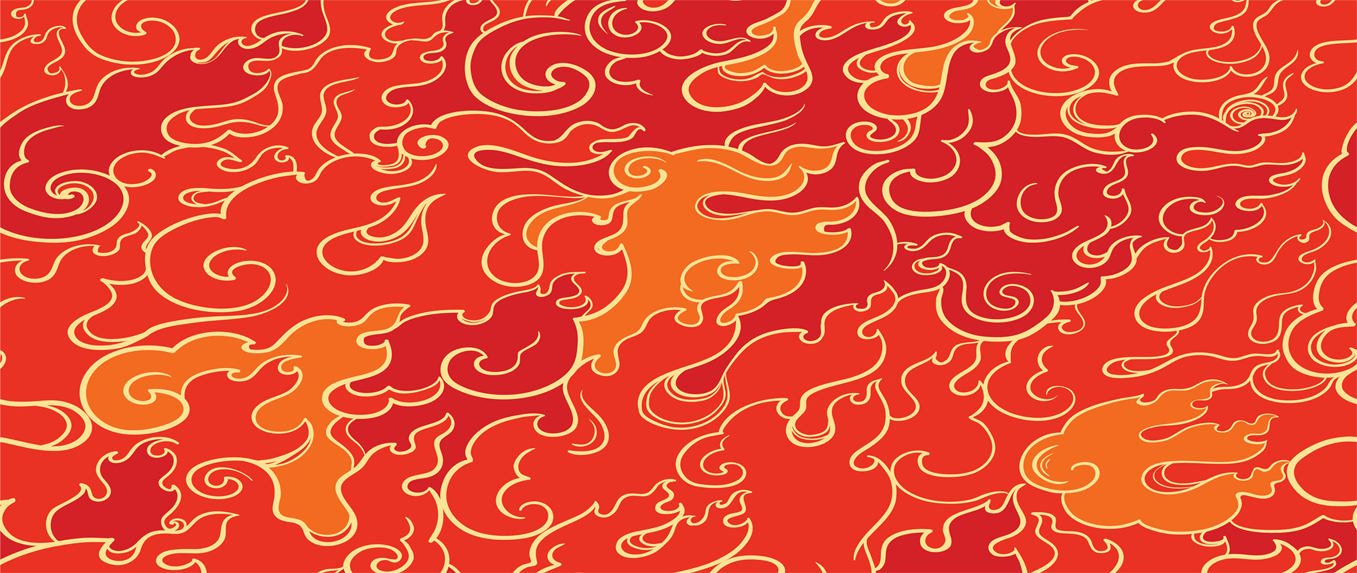
Parinirvana
Rinpoche’s body in stupa, ready for cremation
Cremation stupa
PASSING INTO A PURE REALM
Shenphen Dawa Rinpoche passed into parinirvana on April 15, 2018. His health had various challenges in the previous years. However, there was no immediate crisis leading to an expected passing at that time. Through the support of a local mortuary, his body was brought from the hospital to Orgyen Chö Dzong for Thug Dam.
Thug Dam is the meditation to benefit all sentient beings, that great practitioners continue after the outer breathing has ceased, during which there is no decay of the body. This expression of their bodhisattva commitment, removes dangers, calamities, and sufferings such as war, disease, famine, and earthquakes. As well, from that meditative state, they empower us in our practice and multiply our purification practice to the fullest extent.
At the completion of Thug Dam – 2 weeks later – the body was enclosed in rock salt to maintain it until cremation weeks later. While it had not been possible for his mother, Sangyum Rikzin Wangmo, to be cremated on the land at OCD as she had desired, this wish was realized for Shenphen Dawa Rinpoche. His cremation in America and on the Dudjom Tersar land of OCD strongly plants this lineage in the West, and in particular the USA.
His sons, Tulku Namgay Rinpoche and Katok Situ Rinpoche, guided the cremation activities to completion. Many students, friends, and senior Lamas from the States, Europe, and Asia arrived to build the cremation stupa, prepare for the cremation ceremony, and participate in the daily tsoks during the 49 days following his passing.
Arriving on his first trip to America shortly after Shenphen Rinpoche passed, His Holiness Dudjom Sangye Pema Shepa Rinpoche (often called the third Dudjom incarnation) immediately came to OCD to participate in the activities leading to cremation which he officiated.

Situ Rinpoche, Dudjom Sangye Pema Shepa, Dungse Garab Dorje, Dungse Tulku Namgay Rinpoche
Transcendent Appearances
Several unusual occurrences marked his passing and the cremation. In the initial days after his passing, a light snow fell at OCD during which a person took a photo of a snowflake in the shape of a lotus. Unique shapes appeared in the butter lamps being offered for his parinirvana.
During the cremation, flames broke through the steel door of the cremation stupa, only on the vajra painted on the front. After the flame descended to the painted lotus on which the vajra sat, it receded. An image of the vajra on the lotus remained on the steel door, though not with the gold luster of its previous paint, and the steel itself was undamaged. At the conclusion of the cremation there was a shower of flowers and the grounds were covered in white as though it had snowed.
Relic of Thug Jak Chen Sum
Second, upon opening the cremation stupa several days after the ceremony, his human-like footsteps were seen in the ash and his remains presented in the Dharmakaya relic of heart, tongue and eyes, called Thug Jak Chen Sum. Vajrayana practice is based on accomplishing the three kayas or how to realize sight, sound and thought as deities, mantra and rigpa (transcendent awareness). Thug jak chen sum is the unmistaken sign of the practitioner having totally realized this in his or her lifetime.
To leave these three: heart, tongue, and eyes, which are nothing but tissue, in spite of the heat of the cremation fire, where bones turn to ash and even metal sometimes can melt, is the miraculous sign of accomplishment of the Dharmakaya, Sambhogakaya, and Nirmanakaya.
The phenomena of thug jak chen sum, in general, occurs for the benefit of future generations as a support for practice, to make offerings to, and for the accumulation of merit and purification. Especially for disciples, this support will accelerate their practice on the path.
Reliquary Stupa










